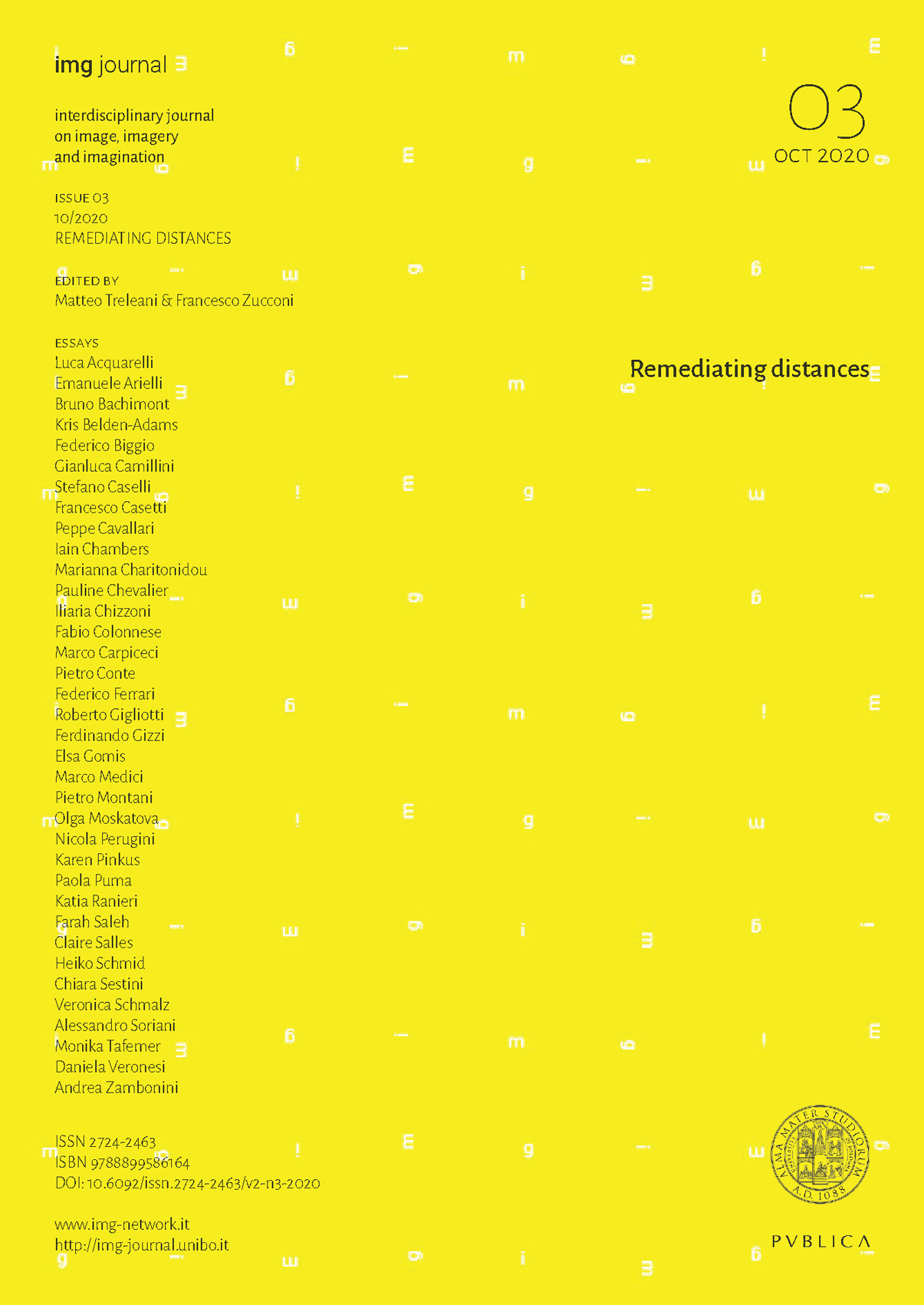Hermann Maertens’ Der Optischemaassstab and the Photography of Architecture
DOI:
https://doi.org/10.6092/issn.2724-2463/12255Keywords:
Hermann Maertens, optical scale, early photography of architectureAbstract
The work of the German architect Hermann Eduard Maertens (1823-1898), and in particular his research on the Optische-Maassstab, results in a scientific, geometric tool, which was largely considered by urban planners and designers in the 20th century, to link the physiology of vision to the visual harmony of architecture. Based on the concept that distancing is an implicit, unaware consequence of beholder’s specific visual intents, the Optical Scale proposes a triad of angles, to be measured on the vertical plane, through which analyzing or designing become a function of sight. The authors conjecture that some of the arbitrary features of his tool may be attributed to a specific interest in early results of photography of architecture as, although Maertens apparently ignored it, both his approach and photographs share a direct derivation from the tradition of architectural representation.
Downloads
Published
How to Cite
Issue
Section
License
Copyright (c) 2021 Fabio Colonnese, Marco Carpiceci

This work is licensed under a Creative Commons Attribution 4.0 International License.





